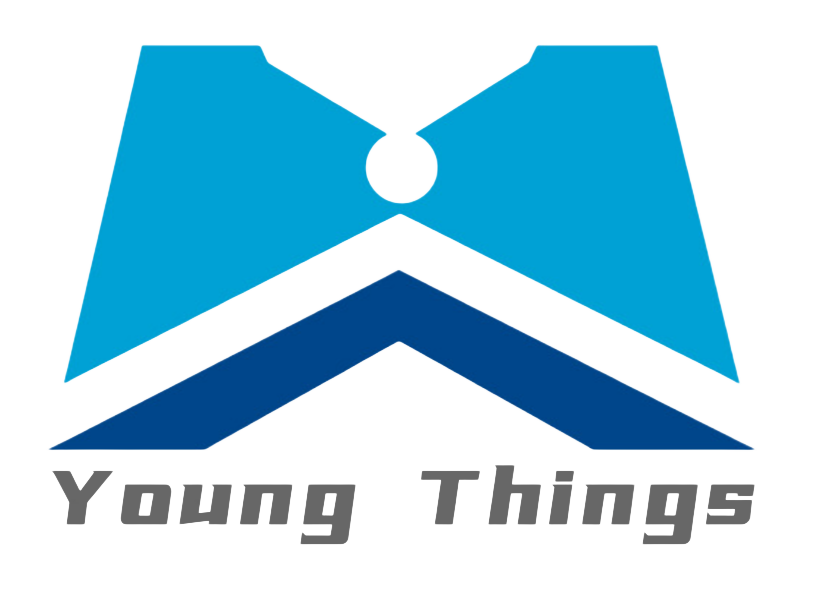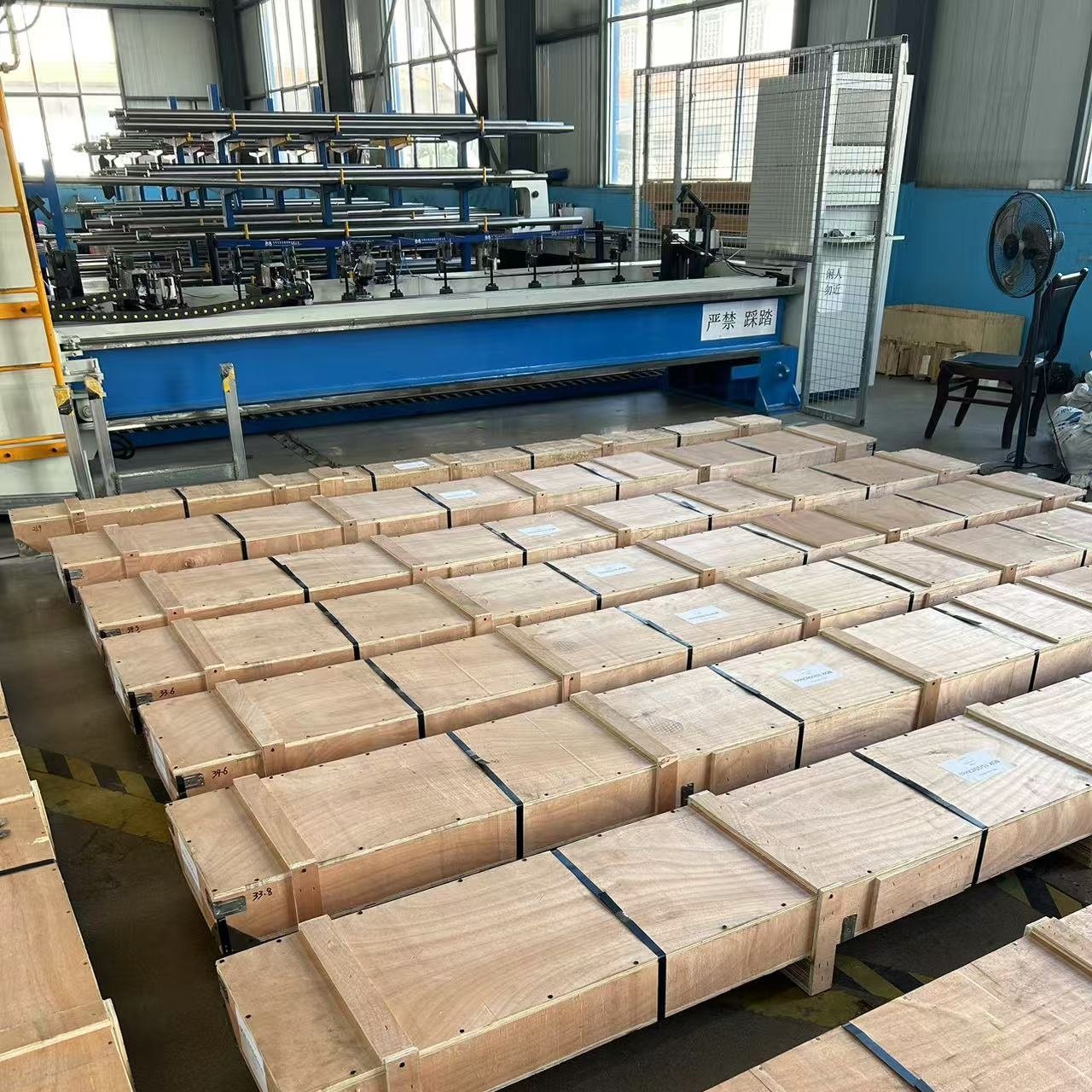Hey guys, it’s been a while. I’m Olivia.Earlier this year, a troubling incident with Boeing’s Starliner spacecraft sent shockwaves through the aerospace industry. As reported by CCTV News, issues with the propulsion system and a helium leak left astronauts stranded aboard the International Space Station (ISS), forcing NASA to contemplate emergency contingency plans. The incident’s repercussions extended beyond immediate safety concerns, resulting in significant economic losses and reputational damage for Boeing.
This wasn’t just another technical glitch – it was a stark reminder of how material failures in aerospace applications can escalate into life-threatening crises. As someone with over two decades of experience in titanium alloy exports, I’ve witnessed firsthand how seemingly minor compromises in material procurement can cascade into major engineering challenges. While not every material defect leads to a crisis of this magnitude, the Starliner incident serves as a sobering reminder of the stakes involved in aerospace material selection.

Through countless interactions with buyers across industries – from aerospace to medical devices – I’ve observed that many procurement pitfalls stem from preventable oversights. As someone who’s been working in the titanium alloy export business for many years, I know firsthand how demanding the aerospace sector is when it comes to materials. This incident got me thinking, and I wanted to share some insights about potential pitfalls in titanium alloy procurement – things I’ve learned over the years that could save you time, money, and headaches.
Why Titanium is So Critical in High-Stakes Industries
Titanium is often called the “workhorse of aerospace” for good reason. Its lightweight strength, corrosion resistance, and ability to perform under extreme conditions make it irreplaceable in many high-stakes industries. However, this also means the expectations for titanium products are sky-high, especially for aerospace and medical applications.
Let me give you an example. In aerospace, titanium must handle:
- Intense Launch Stresses:Rocket launches test the limits of tensile strength and fatigue resistance. A small flaw in material could mean catastrophic failure.
- Temperature Extremes:From the blazing heat of liftoff to the freezing void of space, titanium needs to stay consistent through extreme thermal cycling.
- Corrosive Environments:The vacuum of space, radiation exposure, and micrometeoroids create a highly corrosive environment where only the best titanium can perform.
- Long-Term Durability:Aerospace parts often remain in operation for decades, requiring flawless fatigue resistance.
This is why every material specification, every certification, and every step in the procurement process matters.
Common Pitfalls I’ve Seen Buyers Face
Through my years in the titanium export business, I’ve encountered many buyers who fell into avoidable traps when sourcing titanium products. Let me shed some light on the most common mistakes:
1. Confusing Grades and Applications
Not all titanium is created equal. For instance, Grade 5 (Ti-6Al-4V) is aerospace-grade, while Grade 1 (TA1) is commercially pure and more suited for corrosion resistance. Yet, I’ve seen suppliers pass off low-grade materials as high-performance alloys to unsuspecting buyers.
- Reminder:Always verify certifications and match the grade to your application. If it seems too cheap to be true, it probably is.
2. Recycled Titanium Without Proper Testing
Recycling titanium is an excellent sustainability practice, but only if done correctly. Unfortunately, I’ve encountered suppliers using recycled materials without thorough testing. This can lead to inconsistencies in chemical composition and mechanical properties.
- Reminder:Ask suppliers how they handle recycled materials and demand testing reports.
3. Falsified Certifications
This is more common than you might think. I’ve come across cases where suppliers falsify material certifications or testing results to close deals. These shortcuts can jeopardize entire projects.
- Reminder:Cross-check certifications and, if possible, conduct independent testing through a third-party lab.
4. Overlooking Surface Treatment and Tolerances
A polished surface doesn’t guarantee quality. Poorly executed treatments or incorrect tolerances can impact performance, especially in aerospace or medical applications.
- Reminder:Look beyond appearances. Ensure suppliers provide detailed reports on tolerances and treatment processes.
Advice From the Trenches: Practical Tips for Buyers
I’ve been in your shoes—balancing budgets, timelines, and expectations. Here’s my advice to navigate this tricky market:
1. Build Relationships With Trusted Suppliers
The most reliable suppliers don’t just deliver materials—they provide peace of mind. Look for companies with long-standing reputations, necessary certifications (AS9100, ASTM, ISO), and a commitment to transparency.
2. Prioritize Quality Over Price
I’ve had buyers tell me they went for the cheapest option, only to face costly reworks and project delays later. While staying within budget is important, quality should never be compromised in critical applications.
3. Use Third-Party Testing
When in doubt, don’t rely solely on supplier reports. Hire a third-party lab to verify the material’s chemical composition, mechanical properties, and certifications. It’s a small investment for long-term assurance.
4. Visit Supplier Facilities
If possible, visit your supplier’s factory. Seeing their processes, equipment, and quality control measures firsthand will give you valuable insights into their reliability.
If you’d like to learn more about what to look out for during factory visits, take a look at my earlier article on the subject.
5. Negotiate Detailed Contracts
Don’t leave room for ambiguity. Specify everything in your contract—from material grade and certifications to delivery timelines and after-sales support.
A Quick Note on Aerospace Standards
For aerospace buyers, the bar is especially high. Ensure that suppliers comply with standards like ASTM (e.g., ASTM B348 for bars and billets, ASTM F136 for medical-grade titanium) and can provide traceability for every batch. If your supplier can’t confidently provide this, it’s time to look elsewhere.
Conclusion: A Simple Rule – Don’t Cut Corners
After years of working in this industry, my biggest takeaway is this: cutting corners always costs more in the end. Sourcing titanium alloy isn’t just about finding the right product—it’s about partnering with suppliers who understand and respect your standards.
At Young Things Metal, we’ve built our business on trust, transparency, and a commitment to quality. Whether you’re in aerospace, medical, or industrial manufacturing, we’re here to help you navigate the complexities of titanium procurement with confidence.
If you have questions or need guidance, feel free to reach out. I’m always happy to share what I’ve learned and help you avoid the potholes I’ve seen others fall into. I’m Olivia.See you next time!
Share this article
Written by : 钛合金网
Follow us
Table Of Content



